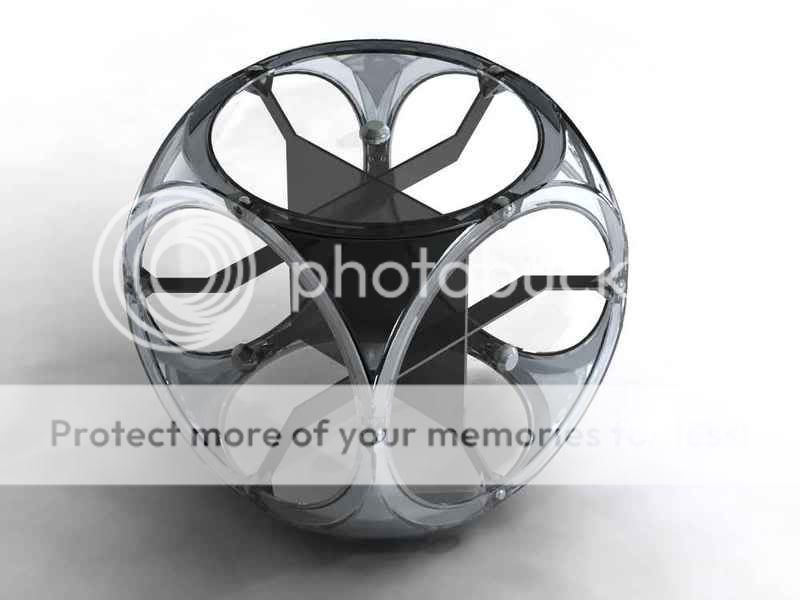First, nice project. Interesting for sure.
My suggestion would be to do the best you can to estimate how many LEDs you are going to use for the project. This will be the key to your power solution. As stated above if each cube will be 2 x 3.7 = 7.4 volts. But now we are going to need more expertise. I assume as you "click" each unit together they will then be paralleled electrically.....unless you stack two units next to two units, then electrically you would have 2 serial by 2 parallel. Doing it this way should ease your electrical needs considerably as I understand it.....others will correct me (thankfully). So, you need to figure how high and how wide the best you can. That will give one of our experts the exact info to tell you what would be next.
Let's talk about dimming. May I suggest you look at the dimmers at
www.theledlight.com. Here is the actual link, scroll down until you see the Zane Control Products dimmers.
http://www.theledlight.com/controls.html
You will notice they are set up for use with 12 Volts. I use these products alot for custom interior lighting using LED's in the home. Generally I use a cheap 12 volt DC power supply for any retailer on the web. You may have to build or purchase something to house the power supply and dimmer in, but you will end up with absolute beautiful execution electrically. You could for class, also use 12Volt batteries or a combination of batteries to get close to 12VDC if you do not have to run it for hours for class demonstration. That would save you a bunch of hassles.
Again, speaking from stupidity here, I did not particularly care for the dimming action when using a wall wort when I used the above dimmer. I chose instead the "real" product made for LEDs and didn't screw around. It's called a MicroDriver9.
http://www.ledsupply.com/ld-mdu9-sc-3570.php
For your purposes, it should make it simple and direct for you. Plug one of these into the wall, then take that output and use it to dim with the Zane product. Because it's constant current, you are jacking with it by then taking it's output and PWMing that to dim your LED's. This has caused my lower dimming to be kinda shakey. The far superior way is that "real" 12 volt power supply. No dimming problems here. I use PowerOne's regulated 12Volt DC power supplies. HEAVY, very heavy they are. PowerOne makes some really nice ones that will last you a lifetime (find one surplus...much cheaper and mine was still new in the box). So if you are going to keep this project and use it alot. Get a good power supply (maybe others can recommend something else), the Zane dimmer and you should be good to go.
Bob E.










